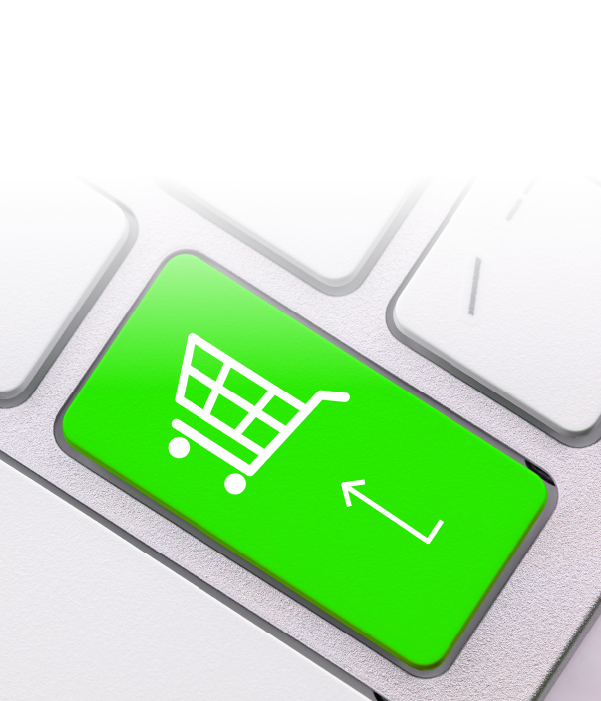Online retail in South Africa has hit a major milestone, eclipsing R50 billion in annual sales during 2022. Research from World Wide Worx records a 40% increase in the total number of South Africans shopping online since the onset of the pandemic in 2020. Yet many retailers are struggling to turn this trend to their advantage because of poor online customer experiences.
That’s according to Steven Heilbron, CEO of Capital Connect, a fintech that offers fast and flexible business funding to South African retailers. He says that the growth of ecommerce offers small and medium businesses (SMBs) a powerful way to attract new customers as well as to grow lifetime value among their existing customer base.
However, all too many SMB retailers struggle to offer an experience that keeps customers coming back for more. The Consumer Goods and Services Ombud reports that a quarter of complaints it received in 2021/2 related to online transactions, up from 4% in 2019. Consumers' major gripes include delayed delivery of items, goods becoming defective within six months, and generally poor customer service.
Says Heilbron: “To compete successfully in the ecommerce space, retailers need to offer reliable delivery, competitive pricing and a great range of products. Consumers have become more demanding in the digital age, and will be quick to shop somewhere else when an online retailer lets them down.”
SMB retailers can differentiate themselves with omnichannel experiences.
Retailers can layer new digital experiences on top of their real-world presence and existing customer relationships to offer new propositions that set them apart and keep customers coming back. But it’s critically important to invest in getting the basics right from the start—slick logistics, reliable inventory and secure payments.
Some tactics and strategies to consider include:
-
Offer flexible, convenient fulfilment options: Choice is also king when it comes to fulfilment. Let customers choose whether they want to get products delivered or pick them up in-store; offer the same choice for returns. Make sure that you work with reliable fulfilment partners that allow customers to track deliveries. You can use incentives such as free delivery or discounts to nudge them towards the choice that makes most sense for your business.
-
Support multiple payment options: Many customers have strong preferences about how they pay. The options include cash, EFT, debit orders, payments at retailer stores, debit and credit card payments, QR codes, digital wallets, and instant EFT. Giving them options can help to build loyalty as well as bring in new business.
-
Consider new approaches like subscription purchases: Why not remove friction from your customer’s life, by offering them the choice to ‘subscribe’ for regular delivery of products they need every month or week? They don’t need to worry about running out of food, milk or coffee, and you can ensure you don’t lose any sales to the shop down the road.
-
Create a cross-channel loyalty programme: Loyalty programs that reward customers across multiple channels are a great way to build loyalty and satisfaction. If customers get points or discounts for shopping in-store, in app or on your website, they’ll have incentive to keep spending with you.
-
Make your store an experience centre: With the growth in ecommerce, including quick home grocery and food deliveries, physical stores need to evolve. To entice customers and get them to spend more money, a retail store needs to be a place that people want to visit. Depending on the category, some options are to train employees to offer specialist advice, create a bistro or coffee shop where people can chill, or offer classes, hands-on product demos and other real-world experiences that customers can’t get online.
-
Let customers choose from a range of channels: Customers increasingly expect to have a choice of shopping options. In addition to your real-world store, it’s worth investigating options such as your own ecommerce site, using UberEats or MrDFood for fulfilment, and a channel to market, working with other retail partners, and using social commerce.
Says Heilbron: “During this time of inflation, load shedding and low economic growth, retailers need to be innovative and agile to grow. An omnichannel approach helps them improve customer lifetime value, reach new customer segments and increase inventory turnover. But retailers can’t neglect customer experience when they compete in ecommerce. Most retailers will need to invest in tech, inventory, labour and other resources to succeed. With Capital Connect, retailers can apply for a loan of up to R5 million from our app and the funds will be in their bank account within 24 hours or less.”

